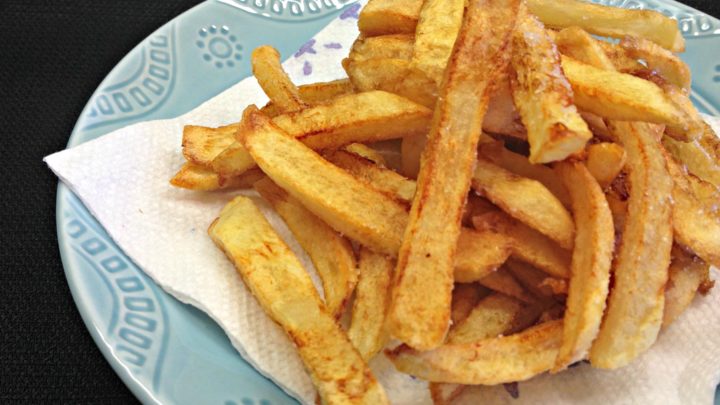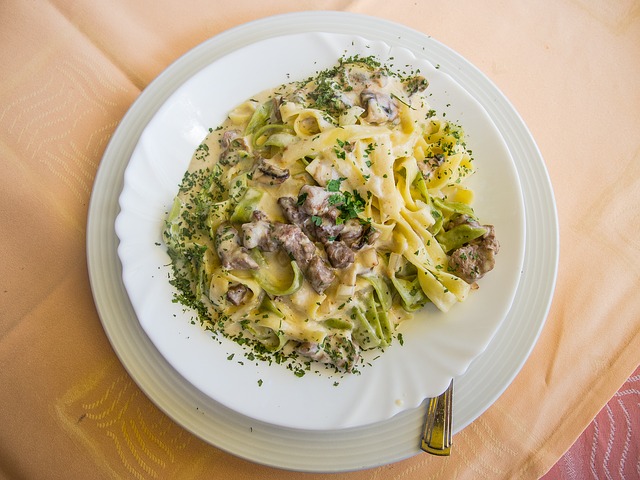
Rub thyme oregano under the turkey to make it crispy and golden brown. Salt, pepper and Herb Butter mixture should be added. You can also stuff the turkey using citrus fruits. It can be stuffed with other vegetables such as celery or apples, in addition to salt and pepper. You can enhance the flavor by adding lemon or lime zest. Here are some ideas for turkey stuffing recipes:
For turkey that is crispy and golden brown, rub thyme oregano under it
If you want to give your turkey extra flavour, rub it with fresh herbs and spices before you bake it. You have two options: either make your own dry rub or use a pre-made recipe from a grocery store. Mix 150ml (5.75 oz.) olive oil with 3 tablespoons vinegar to make the rub. You can also add chopped fresh herbs or crushed garlic. The rub can also be prepared the day before Thanksgiving. You can use it the next day to roast your turkey.
Butter can make the bird tender and moist. Butter helps to keep the turkey moist and adds a deep flavor to the meat. To do this, you need to remove the skin of the turkey. You can use a rubber spatula to do this or your hands. After releasing the skin, use the spatula to gently press the butter into the skin of the turkey. You can spread any leftover butter over the turkey and serve it alongside vegetables.
Dry brine
Dry brining your turkey is an excellent way to preserve its moisture during the roasting process. The salty brine affects the turkey's muscular tissue. This alters protein structure and helps meat retain moisture. This method is not recommended when pre-brined or cooked in kosher. It should only be used with between 12 and 16 pounds of turkey.

You must first let your turkey thaw completely before brining it. Otherwise, the brine won't penetrate into the skin and can cause an excessively salty bird. You should use kosher salt, not table salt. This will make your turkey taste too salty. To customize your brine, you can substitute brown sugar or other sweetener or add spices like Cajun seasoning or poultry seasoning.
Herb butter recipe
A herb butter mixture can be used to season the turkey. It's a great way to give your Thanksgiving dinner a unique touch. This butter can also be used inside the turkey's cavity or under its skin. Add some black pepper if desired. Cover the turkey with foil and bake it in the oven for approximately 1-1 1/2 hours. While it bakes, the herb butter will continue flavoring the turkey. These are the steps you need to take in order to make the perfect herb butter turkey.
Prepare the herbs. You can prepare them up to two hours in advance. After that, you can store them in the fridge. You can also wash your herbs and remove any stems. After chopping, you can store them in the refrigerator. After chopping them, discard the stems and set them aside. Combine the herbs with the rest in a small bowl. Keep in the refrigerator until ready to use.
Salt and pepper
One of the easiest ways to season turkey is to create a dry brine. This method is perfect for achieving maximum flavor, juicy meat, and crispy skin. All you need is a plastic bag, some fresh herbs, and 2 Tbsp salt. This brine can even be applied right before the turkey goes to cook. You can also prepare the brine up to two days ahead of time. Here are some ideas for brining turkey.

Salt is a good base, but you can also add other seasonings to make your bird more flavorful. Cajun-style rubs consist of celery salt (smoked paprika), onion powder, garlic powder, and garlic powder. Cajun-style seasonings are particularly delicious and are inspired by the vibrant flavors of the New Orleans region. Another option is to use a red rub made with garlic powder, ground coriander, paprika, and ground coriander.
FAQ
How Long Does It Take to Be a Chef? What Is the Average Career Path?
Becoming a chef takes approximately five years. During this time, you will study basic cooking techniques and gain experience working as a kitchen assistant. After you've completed your training you can apply to be a line cook or sous chef. A chef can earn between $25,000 and $60,000 annually.
Is there any difference between a chef or a cook.
A chef prepares food for other people. A cook prepares the food for oneself. A chef, on the other hand, works directly with customers. They may need to make decisions about what they will serve to their guests based upon their preferences. Cooks don't interact with customers. Instead, the cook ensures that the food tastes great before serving it to customers.
How do I become a Chef?
There are many paths to becoming a chef. Start by enrolling in a class at a vocational school or community college. Then, look into attending culinary school. Finally, consider a paid internship.
How do I get hired as chef?
The first step toward getting a job as a chef is to complete a culinary arts degree. Next, you should join a professional association such as the American Culinary Federation (ACF). This association offers certification exams as well as networking opportunities.
Statistics
- under 10 Kids have been taught that there is special food just for them, and Fiese says that 10 percent of kids will throw a tantrum if they don't get the food they want. (washingtonpost.com)
- According to the BLS, chefs earn $58,740 a year. (learnhowtobecome.org)
- The median pay for a chef or head cook is $53,380 per year or $25.66/hour, according to the U.S. Bureau of Labor Statistics (BLS). (learnhowtobecome.org)
External Links
How To
How to make a perfect Omelette
Omelets have always been a favourite food to eat for breakfast. But how do they turn out so perfectly? Many different recipes and methods have failed to work for me. So I am sharing some tips and tricks today to help you make fluffy, delicious omelets every morning.
It is important to know that eggs can be temperamental when making omelets. You must get them fresh, organically, and keep them cold until you cook. You must keep them cool enough to allow the whites to form properly and the yolks to become too runny if they're not kept at the right temperature. This will make your omelets appear strangely colored. If you're going to cook them immediately, it is best if the eggs are still warm.
You might also try separating the egg before adding to the pan. It is important not to allow any white to mix with the yolk as this could lead to the omelet becoming curdled.
You could end up burning the bottom half of the egg if the egg is added directly to the heat source. Instead, place the egg in the microwave for 10 second before you put it in the skillet. The microwave heat cooks your egg just right, without it becoming too soft.
Next, let us talk about how to mix the eggs. When you mix eggs together, you want to beat them well. To do this, take the bowl from the mixer and flip it upside-down. Next, shake the bowl vigorously. This way, the air inside the bowl gets whipped around and mixes the egg thoroughly.
Now it's time to have fun: pour the milk into the mixture. First, pour half of the milk into the beaten eggs and then fold the eggs gently into the remaining milk. You don't need to worry if streaks remain. They will disappear once you flip your omelet.
After you have folded your eggs, heat up the oil on medium heat. Wait for it to get hot. Add 1/4 cup butter to the oil and swirl it around to coat all sides of the pan. Now carefully crack open the lid of the pan and sprinkle salt into the pan. The salt will help to prevent the omelet's sticking to the pan.
Once the omelet has formed completely, cover the pan and let it set for a few minutes. Flip the omelet with a spatula, or flip it upside down. Cook the second side for a minute or so. Serve immediately after removing the omelet from its pan.
This recipe works best when you use whole milk.